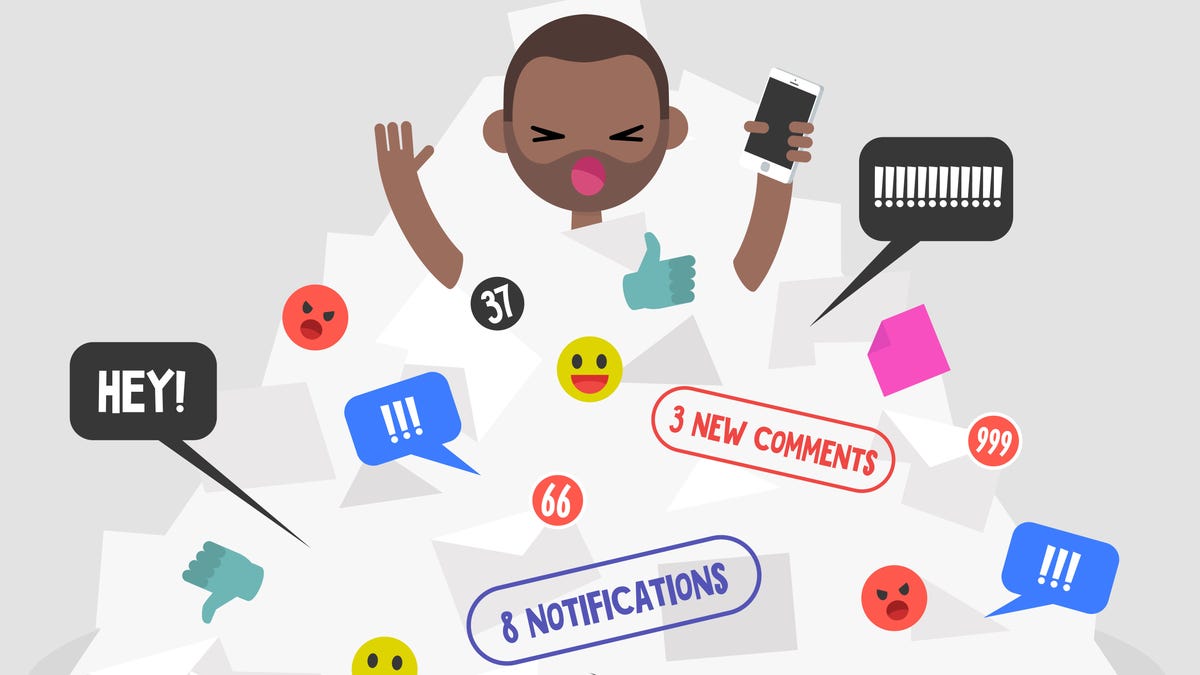Boost Your Productivity by Turning Off App Notifications - 2 minutes read
 Illustration : Nadia Snopek ( Shutterstock )
Illustration : Nadia Snopek ( Shutterstock )A familiar notification pops up whenever I install a new app on my phone or log into Slack on a new computer. “Would you like to enable notifications on this device?” it asks. T he answer is almost always no. If you’re strapped for time and attention ( like most of us are) , turning off notifications on inessential, intrusive apps is the first step to breaking the mindless habit of picking up y our phones.
Advertisement
To be fair, I don’t actually believe that your phone addiction is ruining your life and relationships. I love my phone, and I think my life is immeasurably better with it, whether my average screen time is two hours this week or four (if context is useful, my average screen time is about three hours, and 40 pick-ups a day). But I do believe that notifications often interrupt the more important things that I’m doing, and that there’s benefit to turning most of them off. Without those interruptions, I check my phone when I actually want to give an app my attention, rather than reacting when its developers think I should.
Advertisement
This doesn’t apply to everything, of course. A timer app is based on the utility of a notification, and anything important—medications and other reminders—needs one as well. But m ost apps we use on our devices , from social media messages to news alerts, aren’t actually time sensitive. Is that 5% Lyft discount notification urgent enough to require my time right away, or will it still be there if I wait to open the app until I need a ride?
If you’re interested in reducing the number of notifications on your devices, there are just two steps I recommend to get it done. First, apply the Marie Kondo method to each service, but instead of asking if it sparks joy, ask yourself if you consider that service’s notifications to be urgent and important. And second, take a moment to consider that introductory question when you download a new app. “Would you like to enable notifications on this device?” Once you get used to fewer notifications, your answer may likely be no.
Source: Lifehacker.com
Powered by NewsAPI.org